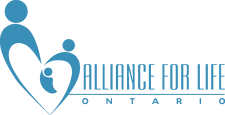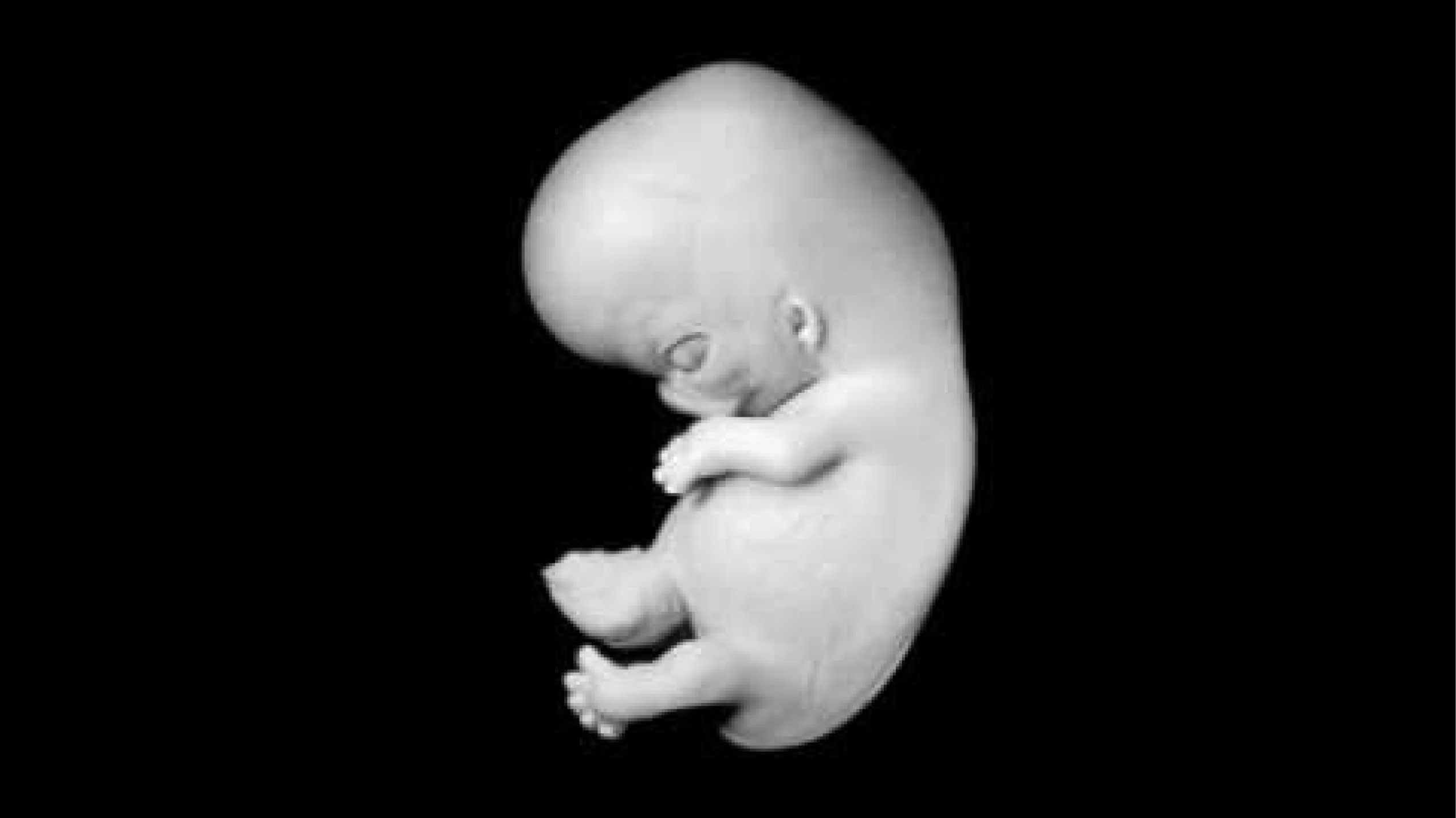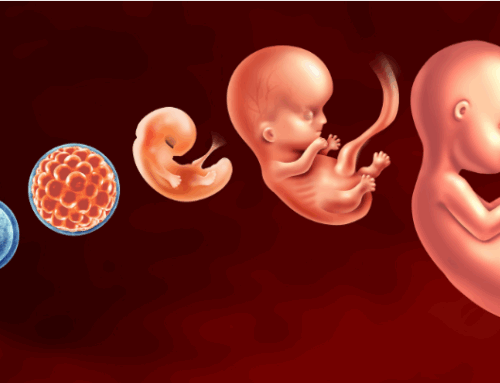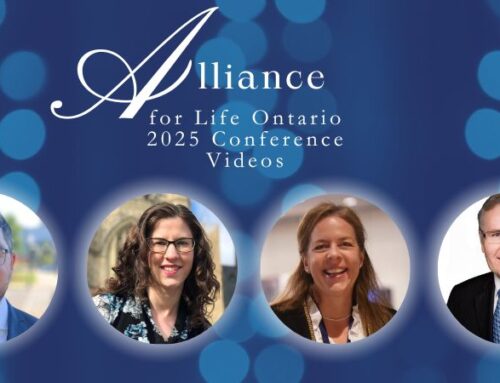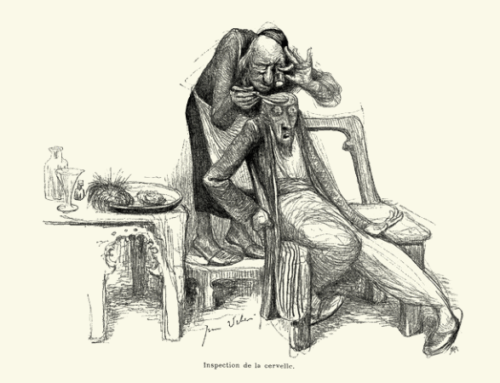Letter to PM Trudeau on #NationalChildDay
Today, Prime Minister, Justin Trudeau, issued the following statement on National Child Day: READ HERE
Below is our response:
Dear Prime Minister,
I received the press release today regarding “National Child Day”. While I applaud the sentiments in the press release, there remains one glaring contradiction and that is concerning the “child’ in the womb. Canadian Criminal Code 223 (1) and (2)
You state “The toughest issues of our time – fighting climate change, making gender equality a reality, building a fairer, more inclusive world – have no easy solutions.” It amazes me that on this special day for children, climate change and gender equality are your paramount concerns.
I would note that if you truly wish to build a “fairer and more inclusive world”, you might consider the plight of children before they are born. In Canada we have allowed the killing of just under 4 million children by abortion since your father introduced abortion legislation in 1969. In one century in a hundred nations 1 billion children have been killed by abortion worldwide, these numbers certainly demand national and world focus.
You state, “Our children deserve the very best.” Prime Minister I cannot begin to understand how induced abortion could ever be “the very best” we can provide for the child whose mother is in poverty, hungry, out of work or abandoned, as well as being unexpectedly pregnant.
I sincerely hope that the National Summit of young people gathered today to create a Canadian Children’s Charter will include consideration of a right to life for all children from their biological beginnings. If this Charter is truly to be “a plan of action to respect, protect, and fulfil the rights of our children “, then let us respect, protect and fulfil their rights from their biological beginning.
Sincerely,
Mrs. Jakki Jeffs
Executive Director
Alliance for Life Ontario
References
A) Recognition of the Child in our Universal Declarations
1) Geneva Declaration of the Rights of the Child
Adopted 26 September, 1924, League of Nations
By the present Declaration of the Rights of the Child, commonly known as “Declaration of Geneva,” men and women of all nations, recognizing that mankind owes to the Child the best that it has to give, declare and accept it as their duty that, beyond and above all considerations of race, nationality or creed:
- The child must be given the means requisite for its normal development, both materially and spiritually;
- The child that is hungry must be fed; the child that is sick must be nursed; the child that is backward must be helped; the delinquent child must be reclaimed; and the orphan and the waif must be sheltered and succored;
- The child must be the first to receive relief in times of distress;
- The child must be put in a position to earn a livelihood, and must be protected against every form of exploitation;
- The child must be brought up in the consciousness that its talents must be devoted to the service of fellow men.
2) Universal Declaration on Human Rights 1948
Preamble
Whereas recognition of the inherent dignity and of the equal and unalienable rights of all members of the human family is the foundation of freedom, justice and peace in the world,
Article 2 “Everyone is entitled to all rights and freedoms set forth in this Declaration, without distinction of any kind, such as race, colour, sex, language, religion, political or other opinion, national or social origin, property, birth or other status..”,
http://www.un.org/en/universal-declaration-human-rights/index.html
3) Declaration on the Rights of the Child 1959
Preamble:“…Whereas the child, by reason of his physical and mental immaturity, needs special safeguards and care, including appropriate legal protection, before as well as after birth…whereas mankind owes to the child the best it has to give…”
4) Convention on the Rights of the Child 1989
Preamble:”… Bearing in mind that the need to extend particular care to the child has been stated in the Geneva Declaration of the Rights of the Child of 1924 and in the Declaration of the Rights of the Childadopted by the General Assembly on 20 November 1959 and recognized in the Universal Declaration of Human Rights, in the International Covenant on Civil and Political Rights (in particular in articles 23 and 24), in the International Covenant on Economic, Social and Cultural Rights (in particular in article 10) and in the statutes and relevant instruments of specialized agencies and international organizations concerned with the welfare of children,
Bearing in mind that, as indicated in the Declaration of the Rights of the Child, “the child, by reason of his physical and mental immaturity, needs special safeguards and care, including appropriate legal protection, before as well as after birth”…”
5) Canada’s Criminal Code
When child becomes human being
223 (1) A child becomes a human being within the meaning of this Act when it has completely proceeded, in a living state, from the body of its mother, whether or not
(a) it has breathed;
(b) it has an independent circulation; or
(c) the navel string is severed.
Marginal note: Killing child
(2) A person commits homicide when he causes injury to a child before or during its birth as a result of which the child dies after becoming a human being.
R.S., c. C-34, s. 206.
http://laws-lois.justice.gc.ca/eng/acts/C-46/section-223.html
B) Fundamental Rights of all human beings
1) Universal Declaration on Human Rights
Article 19.
Everyone has the right to freedom of opinion and expression; this right includes freedom to hold opinions without interference and to seek, receive and impart information and ideas through any media and regardless of frontiers.
http://www.un.org/en/universal-declaration-human-rights/index.html
Canadian Charter of Rights and Freedoms
The Canadian Charter of Rights and Freedoms forms the first part of the Constitution Act, 1982. Here are some protections that the Charter guarantees:
- freedom of religion, of thought, of expression, of the press and of peaceful assembly
- the right to participate in political activities and the right to a democratic government
- the freedom to move around and live within Canada, and to leave Canada
- legal rights such as the right to life, liberty and security
- equality rights
- language rights
https://lop.parl.ca/About/Parliament/Education/ourcountryourparliament/html_booklet/canadian-charter-rights-and-freedoms-e.html
Fundamental Freedoms
2.Everyone has the following fundamental freedoms:
(a)freedom of conscience and religion;
(b)freedom of thought, belief, opinion and expression, including freedom of the press and other media of communication;
(c)freedom of peaceful assembly; and
(d)freedom of association.
http://www.publications.gc.ca/collections/Collection/CH37-4-3-2002E.pdf
C) Human Development
1) Pregnancy begins at conception with the union of a man’s sperm and a woman’s egg to form a single-cell embryo.1 This brand new embryo contains the original copy of a new individual’s complete genetic code. Gender,2 eye color, and other traits are determined at conception, also known as fertilization.
http://www.ehd.org/prenatal-summary.php
2) The Beat Goes On: Estimating the Total Number of Heartbeats Before Birth and Beyond -page 19
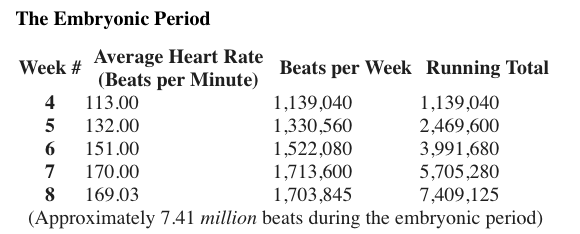
3) There is no question about when human life begins.
In the widely used medical textbook, The Developing Human, Clinically Oriented Embryology, 6th Edition,Moore, Persaud, Saunders, 1998, states on page 2 that
“The intricate processes by which a baby develops from a single cell are miraculous … This cell [the zygote] results from the union of an oocyte [egg] and sperm. A zygote is the beginning of a new human being …” On page 18 this theme is repeated: “Human development begins at fertilization …”
4) “The science of Human Embryology has been around for more than 100 years. It embodies profound principles:
1. when a human life begins; 2. the continuum of human life; 3. the origin of stem cells; 4. how cells build tissues; 5. how tissues form the human body; 6. pregnancy, and 7. birth defects.”
C. Ward Kischer, Ph.D.
4) The Carnegie Stages of Early Human Embryonic Development
Carnegie Stage 1 represents FERTILIZATION and is divided into three substages; a, b and c, and is the unicellular embryo that contains unique genetic material and is a single-cell HUMAN BEING that develops into all of the subsequent stages of a human being. The earliest human embryo is represented by Carnegie Stage 1a, and the “zygote” is represented by Carnegie Stage 1c.
